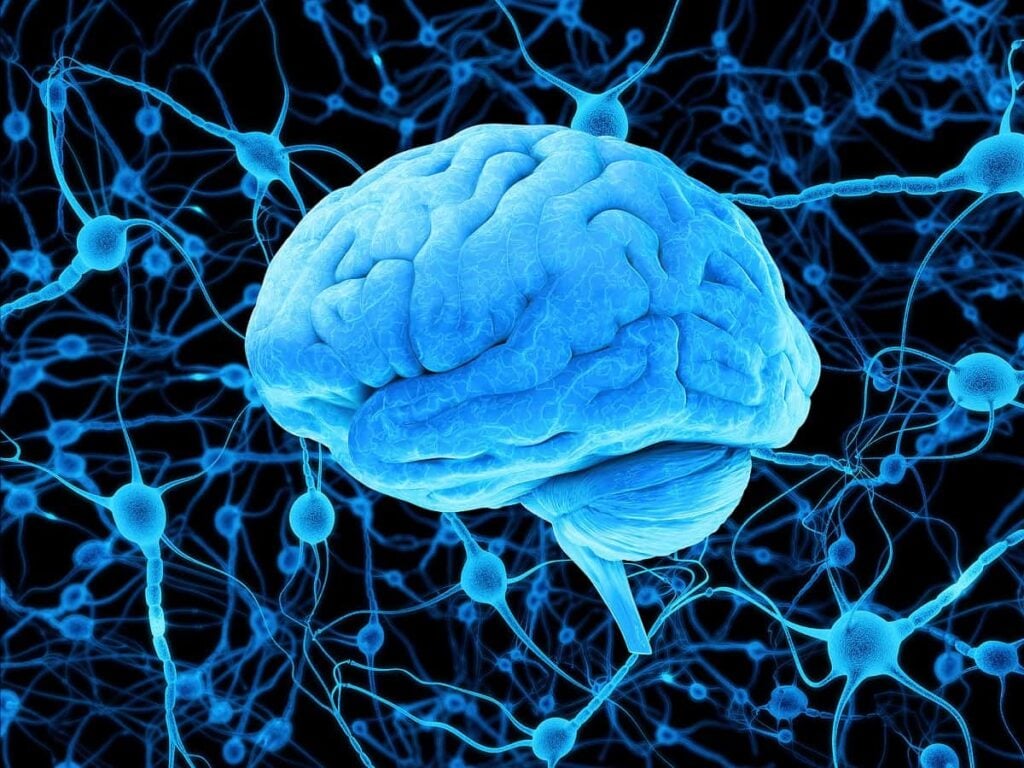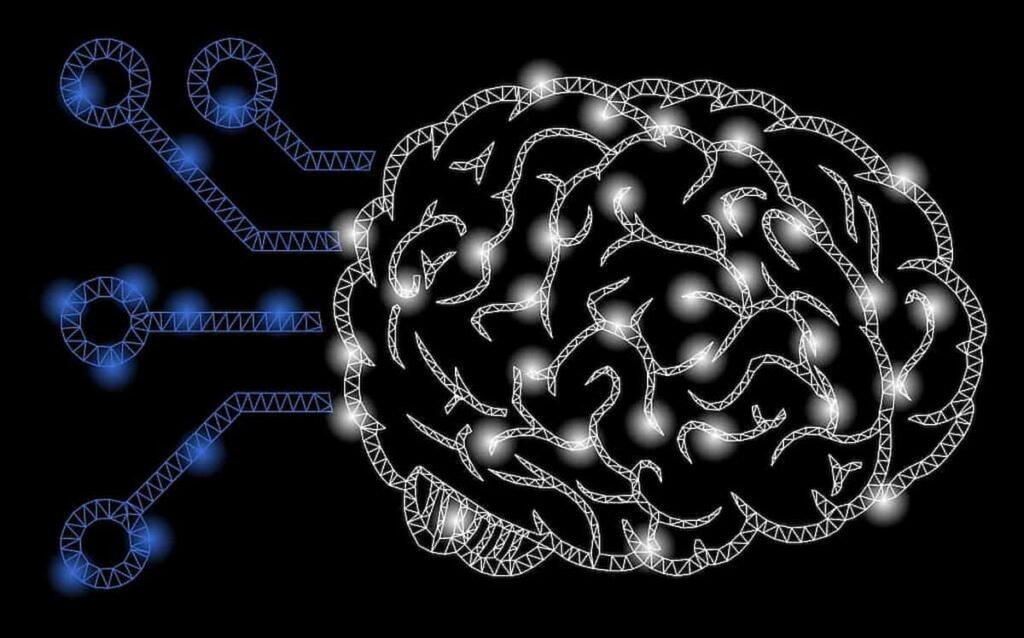Neural Dust, Bioelectronics, and Electroceuticals
Table of contents
Table of contents

Have you ever wondered what would happen if you injected mind controlled nanorobots into a cockroach’s brain? Neither have we, but apparently some Israeli researchers thought this was a pretty cool thing to do. They created a nanobot out of DNA and then put drugs in it with a lock that was activated by an electromagnetic signal. They injected the nanorobot into the brain of a cockroach that was sitting inside an electromagnetic coil minding it’s own business. Then, they created an algorithm that could detect whether a person’s brain was active (doing math) or resting (listening to Kim Kardashian talk). When the person started doing math, the nanorobot released the drugs into the cockroaches brain.
What does this have to do with neural dust? Not much really, but we thought that experiment was cool AF and wanted to set the stage by showing you how technology is now advancing at a rate that would blow most people’s minds. Just a few days ago, a team of researchers from Caltech used electrical signals from a monkey’s brain to recreate the faces the monkey was looking at. Was this experiment a success? You can just judge for yourself:

Those researchers used the electrical signals from neurons in a live monkey’s brain to see how the monkey was identifying human faces. While this technology is still in the lab, these experiments show us how the human brain is becoming less and less of a mystery. Opening up the news this morning to see that “Bradley Cooper and Irina Shayk have gotten even closer since baby was born” just makes you think that maybe our brains aren’t that complex after all if that’s the type of drivel that we find entertaining. Now that we’ve got your neurons firing away, let’s move on to neural dust.
What is Neural Dust?
At least one person who seems to know what’s coming is Elon Musk, a man who is not afraid to make bold observations about how he perceives our existence, such as the fact that he thinks there is a 1 in a million chance that we are not in a simulation. Another thing that he was on about recently is this notion of “neural lace”. Here’s what he envisions when he talks about “neural lace”:

A simple concept really, “neural lace” is just a mesh of sensors that provides connectivity between the human brain and computers. This is the “brain computer interface” or BCI that we’ve talked about before in previous articles. Mr. Musk feels that this is so important for us to master that he has established a startup around the idea called Neuralink. 
Neural dust is like “neural mesh” except that the mesh is replaced by individual sensors the size of dust particles that coat the brain or are otherwise scattered about the body. In the summer of 2016, Berkeley engineers announced that they had built the first dust-sized, wireless sensors that can be implanted in the body. Look at how small they are:

One reason why these sensors are so small is that they aren’t powered by batteries but instead ultrasound waves that can penetrate any part of the human body. While in this context neural dust is being used as a brain-computer-interface, neural dust also has applications in the area of therapeutics.
What is Bioelectronics?
Remember that monkey we talked about earlier that was used to identify faces? The researchers accomplished that feat by recording the electrical activity from individual neurons (how amazing is that?). As it turns out, while you are resting your body is producing 100 watts of electricity (about enough to power a light bulb). While this electrical energy is used to pump your heart and flex your muscles, a lot of it is just given off as body heat. The measurement of these electrical signals through the use of electronics falls under the area of bioelectronics, a field of research where biology and electronics converge.
Back in 2013, pharmaceutical giant GlaxoSmithKline (NYSE:GSK) decided to begin pursuing bioelectronics research and development. GSK held a series of competitions with millions in prizes for teams of scientists “to create a wireless implantable device able to record, stimulate, and block neural signals to a single organ“. The results of that competition must have been pretty promising because last year, GSK decided to throw some serious money behind bioelectronic medicine startup called Galvani Bioelectronics.
Around the same time the Israelis were messing around with that poor cockroach’s brain last summer, GSK announced an agreement with Verily Life Sciences (Google’s life sciences division) to establish a jointly owned startup (GSK holding 55% and Verily holding 45%) to develop and commercialize bioelectronic medicines. Both Verily and GSK have committed to investing over $700 million in the venture.
According to an article by Fierce Biotech in January 2017, GSK has been putting together a huge database of information about how nerves affect organs and diseases and they expect to “have a device ready for proof-of-concept trials in 12 to 18 months”. The article goes on to say:
Pending one final regulatory approval from China, Galvani will set up shop and start working on Type 2 diabetes and two other diseases that have not yet been named but that will be in the field of autoimmune and endocrine disorders, says Moncef Slaoui, chairman of GSK’s global vaccines group and board chair for Galvani.
The tiny implantable devices they develop will be placed on nerves to stimulate the transmissions of nerves and in other cases block them.
What are Electroceuticals?
The term “electroceuticals” is used to describe the exact same thing as “bioelectronic medicine” of the type that Galvani is developing. We could have left out the term “electroceuticals” entirely, but it is being used in the media and frankly we needed it in order to break this article into 3 neat-looking sections. So since we already know what electroceuticals are, let’s take a look at another startup attacking this space in addition to Galvani.

If you really want to dig into the technology, this article by Scientific American provides a good level of detail. In January of this year, SetPoint Medical presented positive results from a pilot study that is being conducted in five centers in Europe for Crohn’s Disease.
Throughout this article, we’ve focused on tiny devices that can go inside the human body which will allow us to interface with machines on the outside for therapeutic reasons or just because we want to be able to type at the speed of thought. These tiny devices resemble the nano bots swimming around in the human body that Eric Drexler first talked about in his 1986 molecular nanotechnology book “Engines of Creation: The Coming Era of Nanotechnology“. We were awestruck when we first read that book, and we wanted to invest in nanotechnology which is why we founded Nanalyze. When we read about neural dust today, we couldn’t be more excited about what’s to come.
Sign up to our newsletter to get more of our great research delivered straight to your inbox!
Nanalyze Weekly includes useful insights written by our team of underpaid MBAs, research on new disruptive technology stocks flying under the radar, and summaries of our recent research. Always 100% free.














